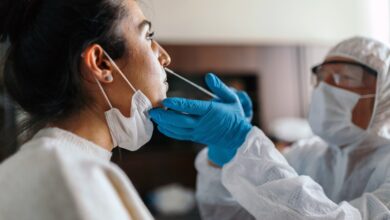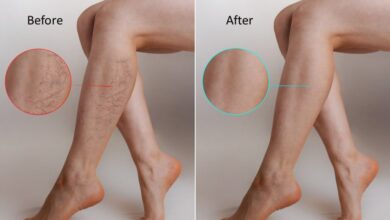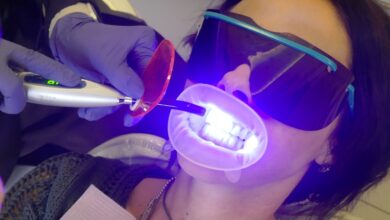Essential Facts You Need To Know About Bunions

Bunions form on the joint of the big toe as a bony bump. They appear when bones in the front of the foot move out of place. This makes the toe tip to move towards the smaller toes, and the joint at the base of the big toe is forced to stick out. If left untreated, it can cause other serious foot problems. If the dysfunction gets worse, you will need to get treatment for your bunions in Las Vegas.
Why Bunions Need Attention
The metatarsophalangeal joint (MTP) helps us distribute and bear weight during a variety of activities. A bunion at this bone junction, ligaments, and tendons can severely impair your foot’s functioning. A bunion on the big toe can also affect other toes. Due to induced pressure by the big toe, the smaller toes tend to develop corns and become bent. The nails can also become ingrown. As the joint grows, it becomes hard to fit in shoes, even making walking difficult.
In older women, foot problems are the leading cause of sedentary habits and disability. Women are likely to get bunions as they age, and their quality of life is lowered depending on how severe their bunions are. You need to seek treatment immediately if the deformity and pain interfere with your physical activities and routine.
Treatment
First, you need to relieve pressure by wearing the right shoe. Shoes should have a flexible, wide sole to support the foot and provide room to accommodate the bunion. Some better choices are athletic shoes, sandals, and shoes made from soft leather. You can also reshape narrow shoes with stretchers to create room for bunions. Keeping away from shoes with a heel higher than one inch is also helpful in avoiding the formation of bunions.
You can protect the bunion with a gel-filled pad or moleskin, available at drug stores. A clinician can recommend shoe inserts to help keep the foot correctly as it hits the ground. You can use a splint at night to keep the toe straight and ease the pain.
When a bunion is painful and irritated, ice packs, warm socks, and nonsteroidal anti-inflammatory drugs may help. Ultrasound and massage can also provide some relief.
Signs and Symptoms of a Bunion
Early symptoms include foot pain in the affected area when wearing shoes or walking. Resting or changing into a wider shoe relieves the pain. Unsupportive soled shoes or ill-fitting shoes add stress to the bunion and increase instability and pain to the area.
Skin changes such as calluses and blisters can also develop because of repeated pressure and friction from deformity caused by arthritis or ill-fitting shoes. Bunions causing marked pain are usually associated with redness, local tenderness, joint stiffness, and swelling of the soft tissues.
In postmenopausal women and post-pubertal men, pain at the base of the big toe is usually caused by gouty arthritis and gout, which is the same as pain caused by bunions.
Some people have problems that worsen over time, while others with deformities have no symptoms. It depends on the individual. If bunions keep causing pain after trying the above home remedies, you may have to consider going for surgery. In this procedure, the bones, tendons, and ligaments are realigned to relieve your pain and improve positioning. For more information, contact Battle Born Bone & Joint Center.






